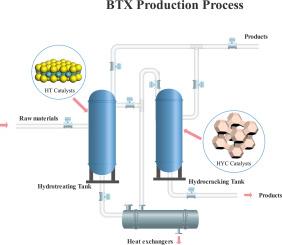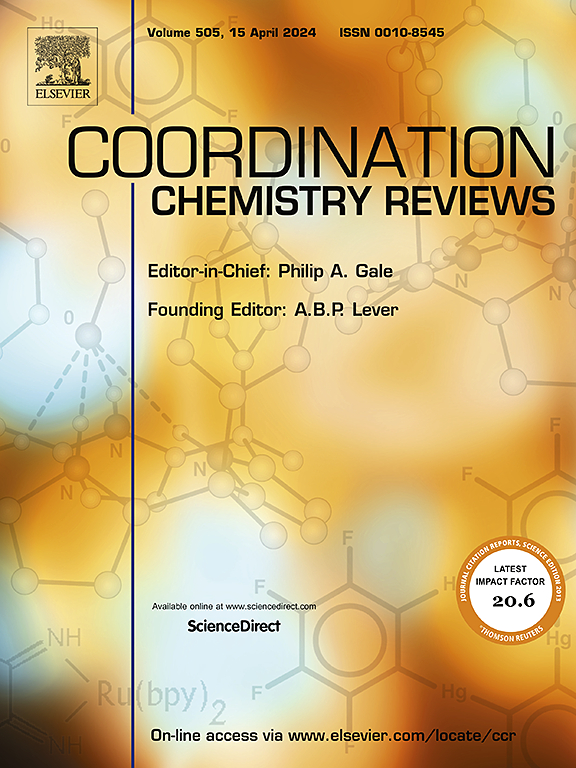Recent advances in hydrotreating and hydrocracking catalysts for the preparation of light aromatics: Influencing factors, catalytic mechanisms and performance relationship descriptors
IF 20.3
1区 化学
Q1 CHEMISTRY, INORGANIC & NUCLEAR
引用次数: 0
Abstract
Sustainability and environmental concerns have posed significant challenges to the petrochemical industry. To maintain the overall balance of materials and enhance the resilience of the refining and petrochemical industry chain, it is crucial to focus on the development of high-value products and clean energy. Light aromatic hydrocarbons (BTX) are an important chemical raw material, and their production can not only meet the requirements of environmental protection but also realize the high-value utilization of aromatic materials. Hydrotreating (HT) and hydrocracking (HYC) have emerged as promising technologies for BTX production and have been extensively researched in the past few decades. Various catalytic materials, including metal-doped, phosphide-loaded, carbon-based composites, as well as noble and non-noble metal-based materials, are commonly employed in these processes to enhance reaction efficiency and improve product selectivity. This paper summarizes and discusses the recent advances in catalyst materials for HT and HYC reactions, including 1) factors influencing the catalytic reactions of HT and HYC, 2) advances in the characterization and performance understanding of HT and HYC catalysts in the preparation of light aromatics, and 3) computer-assisted design and mechanism investigation of HT and HYC catalysts, as well as the mining of quantitative relationship descriptors. We also concisely discuss some of the scientific challenges and provide a brief outlook on the future development of HT and HYC catalysts. This paper aims to provide insights and strategies for the discovery, optimization, and design of HT and HYC catalysts, as well as understanding their structure-performance relationships.

求助全文
约1分钟内获得全文
求助全文
来源期刊

Coordination Chemistry Reviews
化学-无机化学与核化学
CiteScore
34.30
自引率
5.30%
发文量
457
审稿时长
54 days
期刊介绍:
Coordination Chemistry Reviews offers rapid publication of review articles on current and significant topics in coordination chemistry, encompassing organometallic, supramolecular, theoretical, and bioinorganic chemistry. It also covers catalysis, materials chemistry, and metal-organic frameworks from a coordination chemistry perspective. Reviews summarize recent developments or discuss specific techniques, welcoming contributions from both established and emerging researchers.
The journal releases special issues on timely subjects, including those featuring contributions from specific regions or conferences. Occasional full-length book articles are also featured. Additionally, special volumes cover annual reviews of main group chemistry, transition metal group chemistry, and organometallic chemistry. These comprehensive reviews are vital resources for those engaged in coordination chemistry, further establishing Coordination Chemistry Reviews as a hub for insightful surveys in inorganic and physical inorganic chemistry.
 求助内容:
求助内容: 应助结果提醒方式:
应助结果提醒方式:


